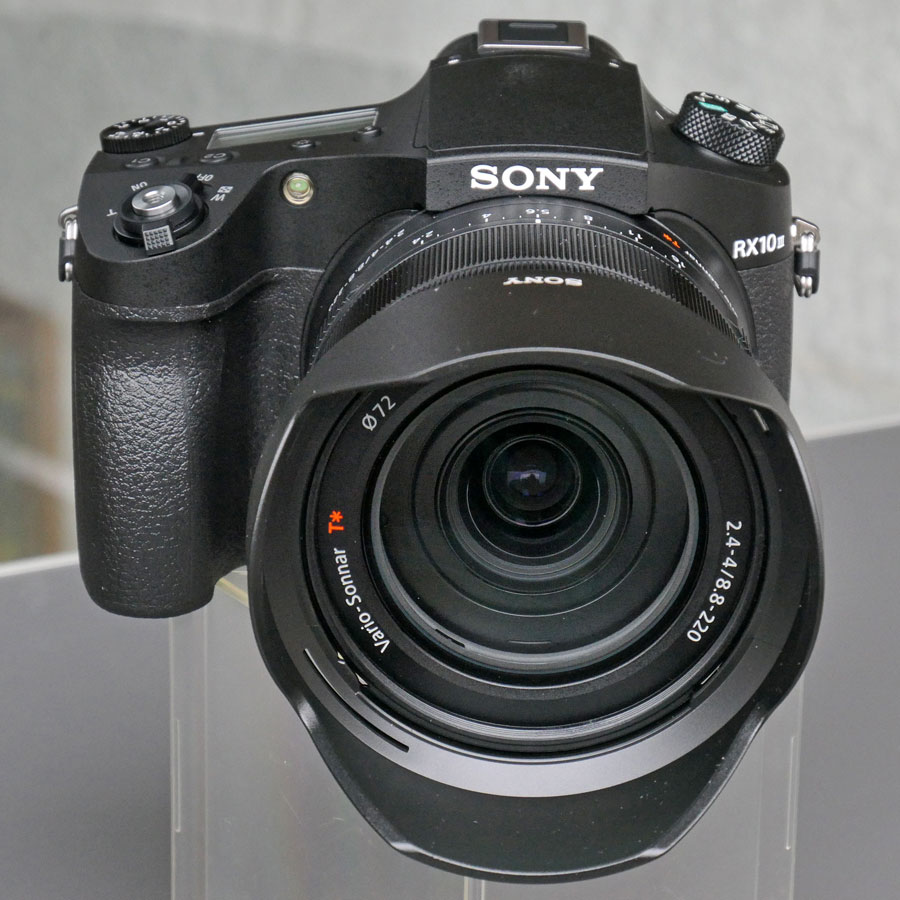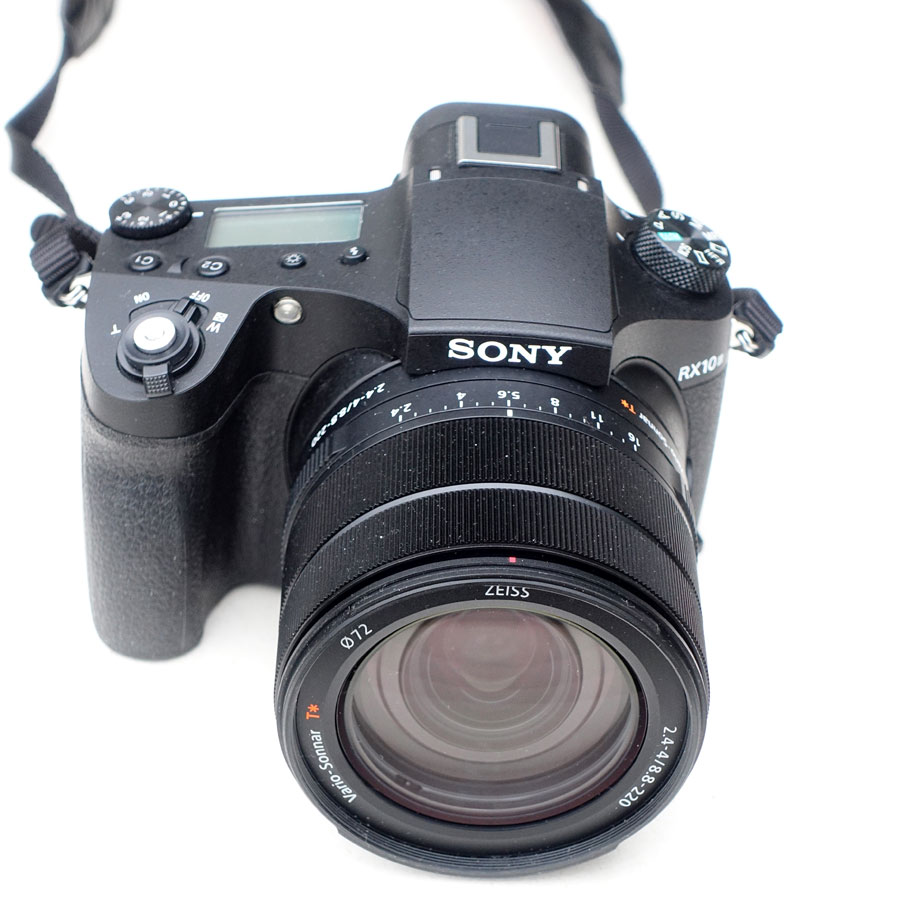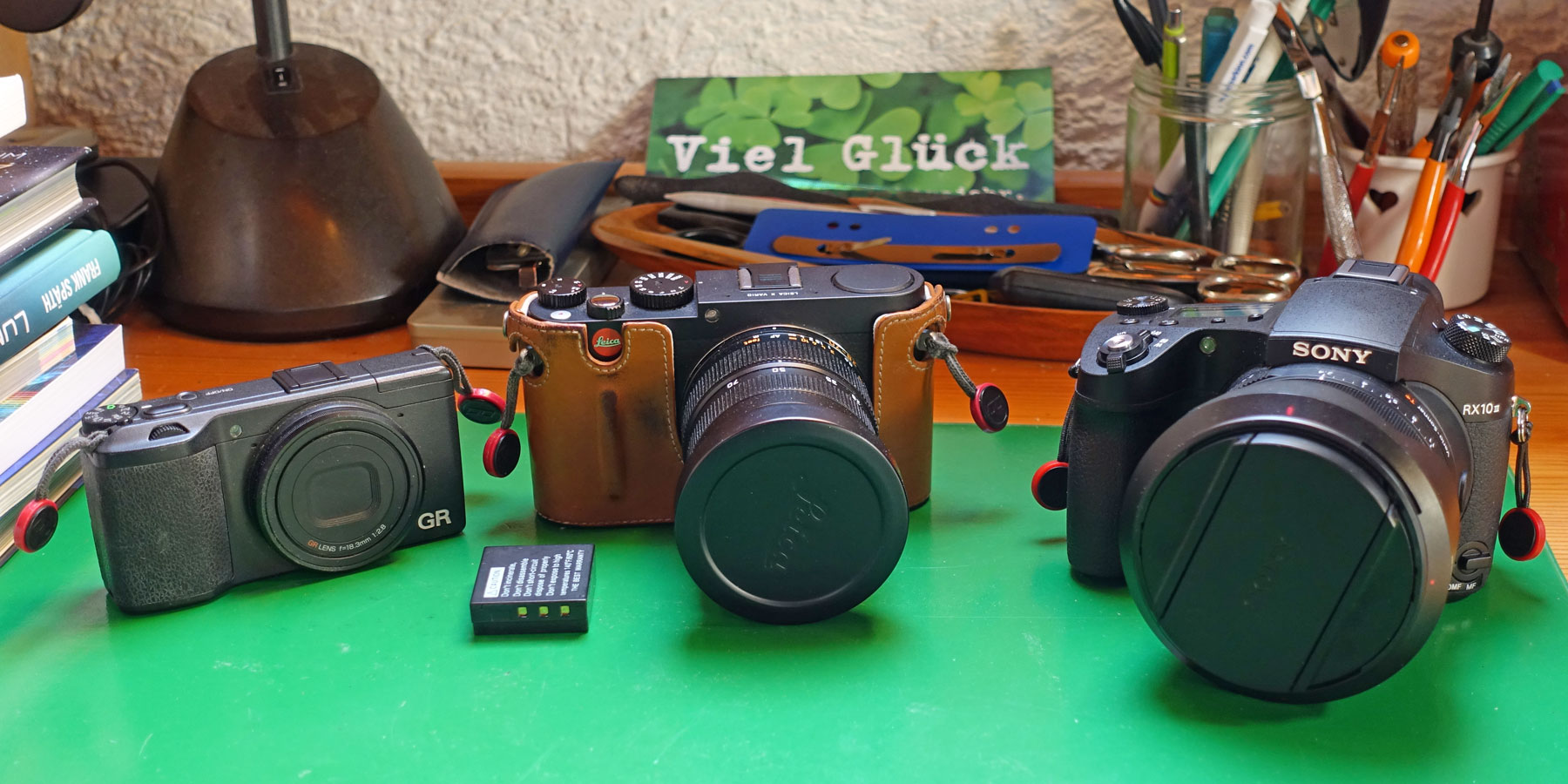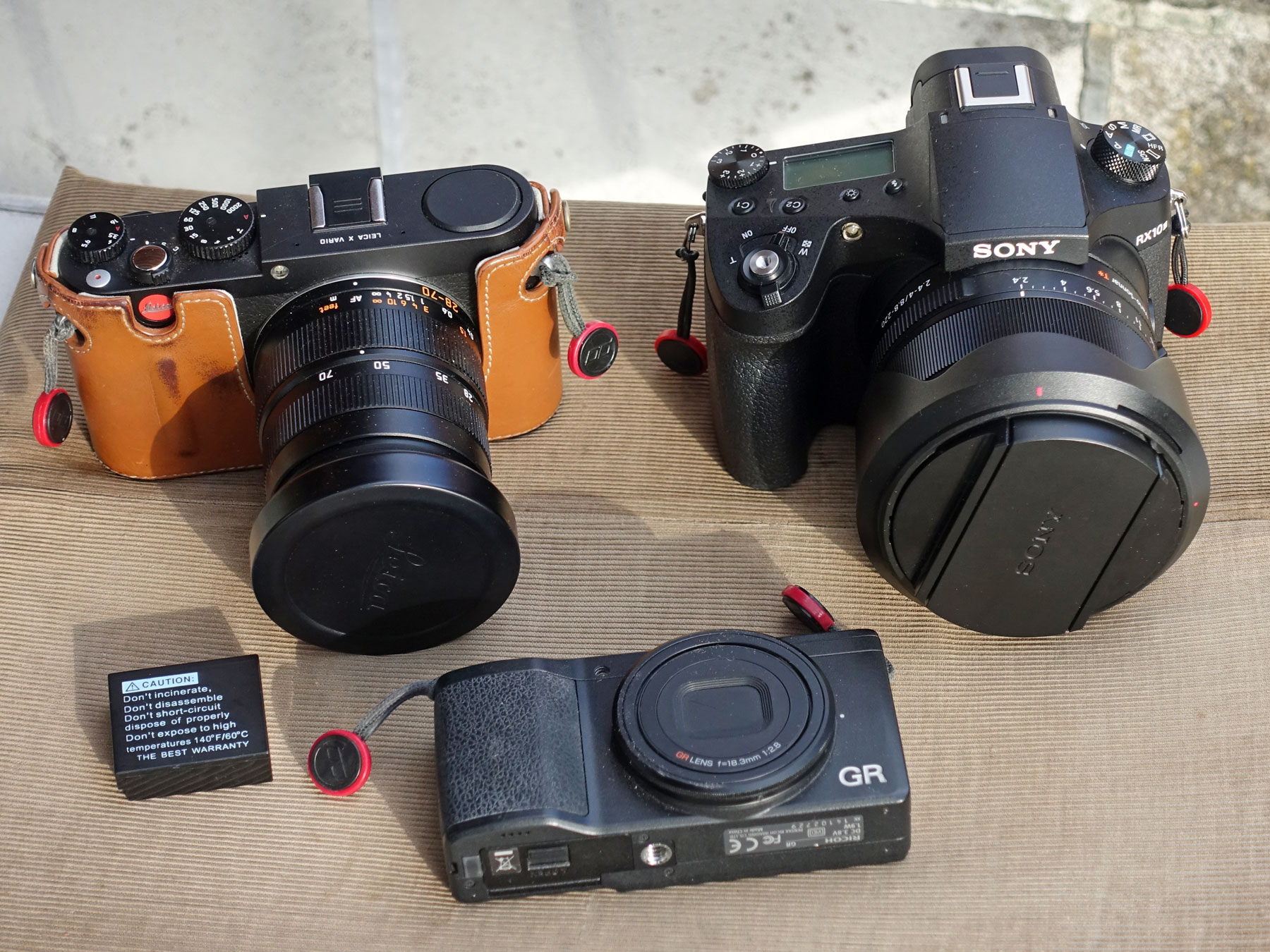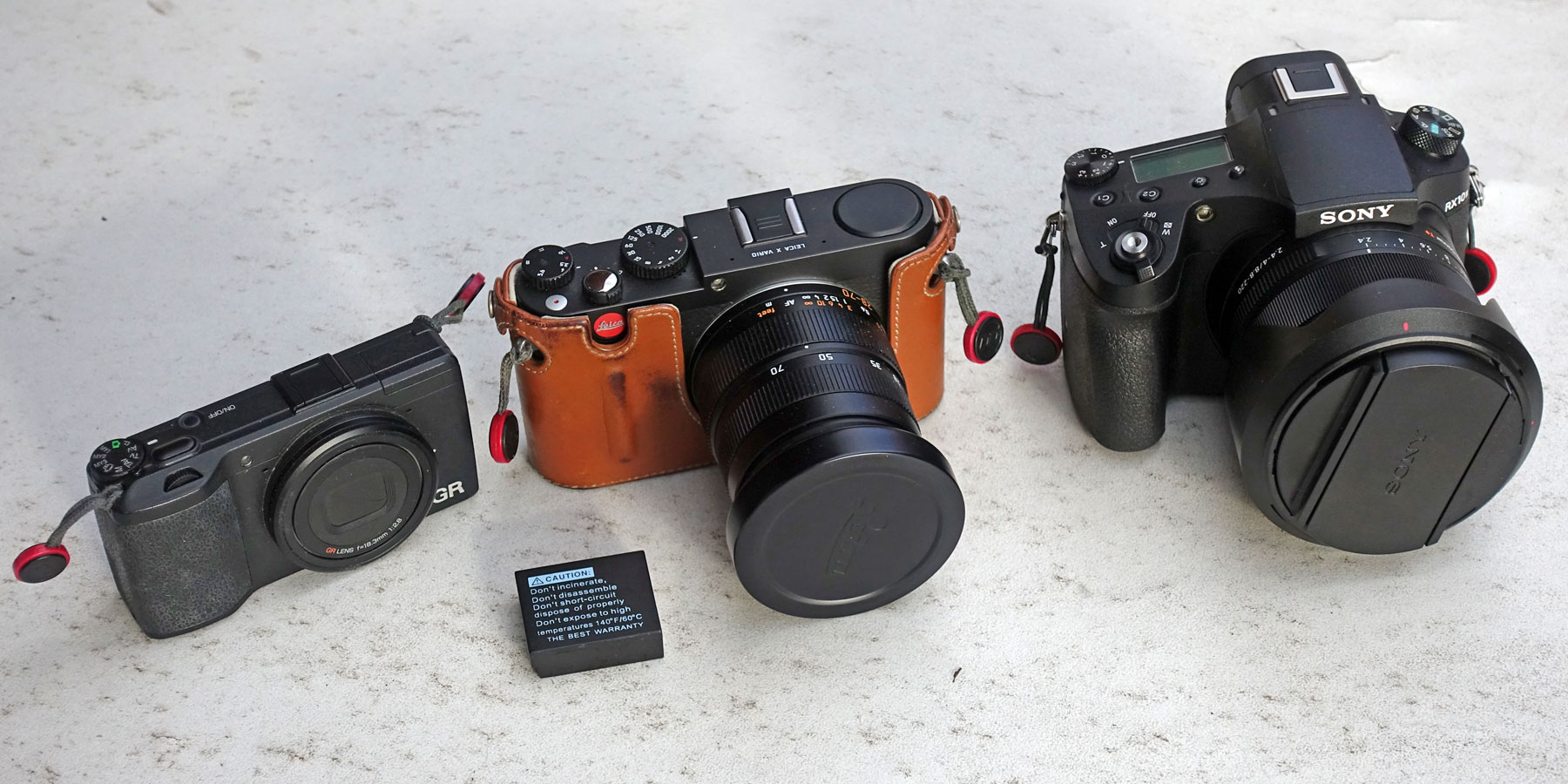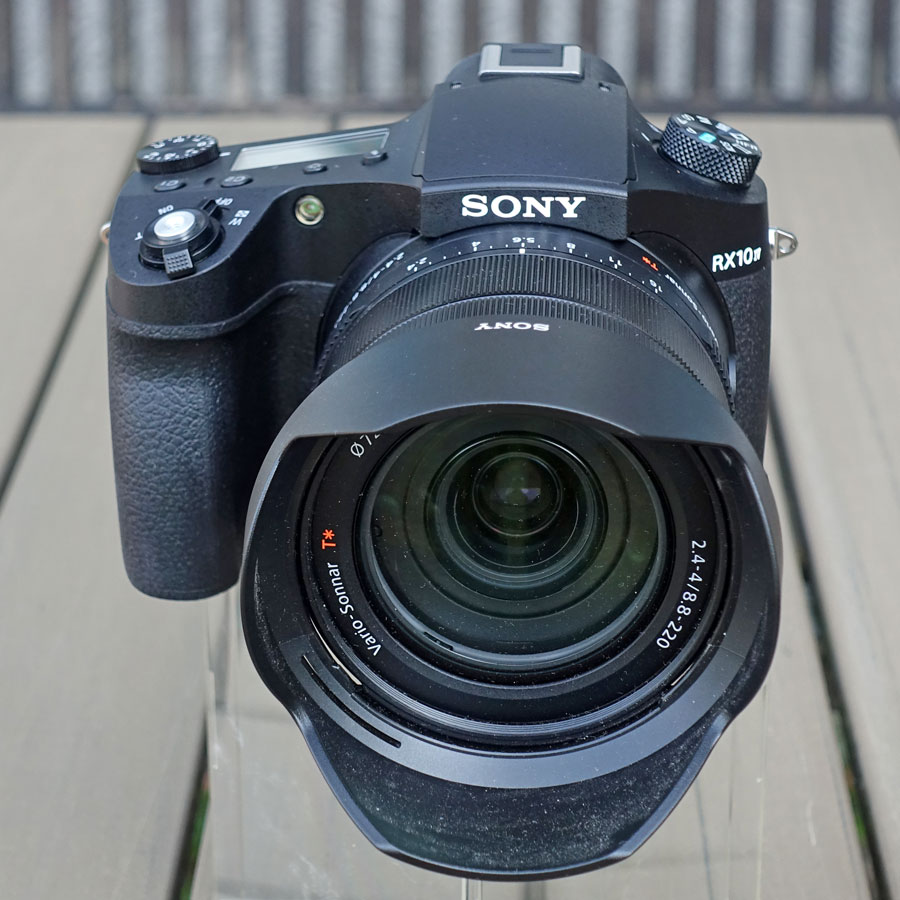Sony RX10 M3/4: Introduction
Purpose of My Sony RX10 M3/4 Pages | How I Became A Sony RX10 M3 Owner | Now I Am/Was A Sony RX 10 M3 Owner... | Now I Am A Sony RX 10 M4 Owner... | Would I Recommend A Sony RX10 M3/4 to You?
Purpose of My Sony RX10 M3/4 Pages
My Sony RX10 M3/4 pages are intended as an information source for existing and prospective Sony RX10 M3/4 owners. However, there is no intention to offer a complete or even up-to-date information source, because I do not have the time for such a project. The focus of my pages is on presenting my personal experiences with this camera and thereby providing one or the other useful tip for others.
On this page and also in this section, I discuss both the Sony RX10 M3 and the successor model M4, because I first bought the M3 for certain photographic reasons, but then replaced it with the M4 after 3 months, mainly because of the better autofocus. In principle, both cameras are so similar that I can treat them together in many aspects - and where there are differences, they will be treated separately. And basically, the same reasons are valid for me in favor of the M4 as were already for the M3 - and hopefully a few less against the M4 than against the M3...
Note: I use the Sony RX10 M3/4 mostly in P mode, sometimes in A mode. I will therefore, not cover any of the following modes or specialties: Intelligent Auto mode, Superior Auto mode, Scene mode, Creative style, Picture effect, and many of the other gimmicks. Probably, this list is incomplete...
How I Became A Sony RX10 M3 Owner
Actually, I own already quite a few cameras, but I always read in forums that other photographers struggle with this problem as well and tend to own too many instead of too few cameras. Well, I discovered a supposed "gap" in my equipment, a compact camera with a huge zoom range, an electronic viewfinder, and good picture quality for the holidays and at home, to take photos of butterflies and flowers from a larger distance.
I had purchased the compact Panasonic TZ202 for this purpose in spring 2018, but unfortunately it turned out that its focal range was not quite sufficient for butterflies. Experiments with the electronic zoom (up to 720 mm) showed that the objects were of sufficient size, but that the camera reacted sluggishly and, above all, that the image quality was not satisfactory. Especially at higher ISO values, I found the image quality of the TZ202, compared with my Sony RX100 M4, was not at all overwhelming. Test reports confirmed this by showing that the Panasonic "lags" behind the Sony by one EV (or f-stop or ISO step).
Figure: The Sony RX10 M3
Briefly, I also considered buying a Panasonic Lumix FZ1000, a bridge camera with 25-400 mm focal length (equiv.). The electronic viewfinder and the autofocus speed impressed me, when I tried the camera in a store. However, I was not convinced of the camera's image quality (the Sony's is reported to be better), so that I first decided for a Sony RX100 M4 and later for a Panasonic TZ202. It also turned out that, with respect to zoom range and image quality, moving over from a TZ202 to an FZ1000 was not justified.
So I was dissatisfied with my situation, but the only improvement in the 1" sensor class with respect to a long focal length was offered by the Sony RX10 series, even though size, weight, and price initially spoke against it. In the end, however, I ended up in buying the "queen" of the 1" sensor class, the Sony RX10, albeit not the very latest version of it. But the sensor (with respect to the image quality) and the optics are the same as the in latest version, only the autofocus cannot match it. The RX100 M3's larger focal length (600 mm instead of 400 mm) and the consistently better quality of the lens gave it the edge over the Panasonic FZ1000. And now, that is, after having made the decision in favor of the Sony RX10 M3, I do hope that a focal length of up to 600 mm will indeed be sufficient for butterflies (it's still winter...) - and I might also add a bit of Clear Image Zoom to this equation...
Now I Am/Was A Sony RX10 M3 Owner...
But only since December 17, 2018. Therefore I do not really feel obliged to write about my experiences with this camera. Nevertheless I created a page with first experiences and would like to refer you to this page. Here is an excerpt from this page!
So what can I say about the Sony RX10 M3 after a few months of use? First of all, I had to get used to it! Second, here are some first observations:
- The camera is indeed large and heavy.
- It has quite a number of external buttons and controls that compact cameras do not offer. So, there is less need to dive into the menus than for compact cameras. On the other hand, I have to get used to this fact again, including using the display on the camera top for doing some settings...
- The viewfinder image is comparatively large, which I really appreciate. Although I can see the pixels, which I cannot see in viewfinders with lower magnifications (and the same resolution), it is really size that matters for me, not only for manual focusing, but also in general.
- The camera is easy to carry around despite its weight thanks to its grip. But for safety reasons, I always use a wrist or shoulder strap when doing so...
- My computer's hard disk is getting full now much earlier, because of the 20 MP sensor and JPEG images in "extra fine" compression - and thus, larger image files.
Photo: My Sony RX10 M3 - about 1100 g heavy...
Overall, I was satisfied with the Sony RX10 M3 and its results, but two things annoyed me in the long run: (1) the sluggish manual focus (MF) and (2) the pumping autofocus at long focal lengths. At least for the second issue, the new RX10 M4 model promised improvement because it has a phase AF instead of a contrast AF. But of course there are still situations where the phase AF of the M4 gets lost. I watched several videos on YouTube without really getting a feel for the extent of the improvement. But at least, I came across comments like this one: "The M4 is what the M3 should have been". The M3 was also called a "feasibility study." You could also call it a "pre-series model"... Be that as it may, if I wanted improvement, and I wanted that, there was no way around the M4 - no matter how astronomically high its price was... In order to make the whole thing a bit easier for me, in addition to the RX10 M3, I gave my unused Ricoh GR and Leica X Vario cameras in payment to a dealer. Nonetheless, a higher additional payment was still necessary. All in all, I would of course have got off cheaper if I had bought the Sony RX10 M4 right away, but afterwards you are always wiser...
Good Bye to Sony RX10 M3, Ricoh GR, and Leica X Vario
On March 27, 2019, I took farewell photos of the three cameras that I sold to help me buy the Sony RX10 M4:
Now I Am A Sony RX10 M4 Owner...
The external differences between the Sony RX10 M4 and its predecessor M3 are so marginal that apart from a new switch (focus limiter) and the changed focus type switch I cannot see any differences, because I do not have both cameras available at the same time. Maybe, there are no further differences at all... Both cameras should be similar with the image quality, as I read, in the end, the most important criterion for a camera. There are differences in working with the autofocus, but I still have to get used to it in order to be able to write more about it. The observations listed above for the M3 are valid for the M4 as well!
Photo: My Sony RX10 M4 - about 1150 g heavy...
Would I Recommend A Sony RX10 M3/4 to You?
This also requires some experience with the camera. But I can already tell so much: If you are looking for a compact camera that fits yout trouser or jacket pocket, this camera is not a good choice. But if you have the same or similar requirements as me, I would recommend the camera to you. And if you still have some money left, maybe you should choose the successor RX10 M4 because of the better autofocus, as I did eventually after three months of using the M3...
| 03.04.2019 |
